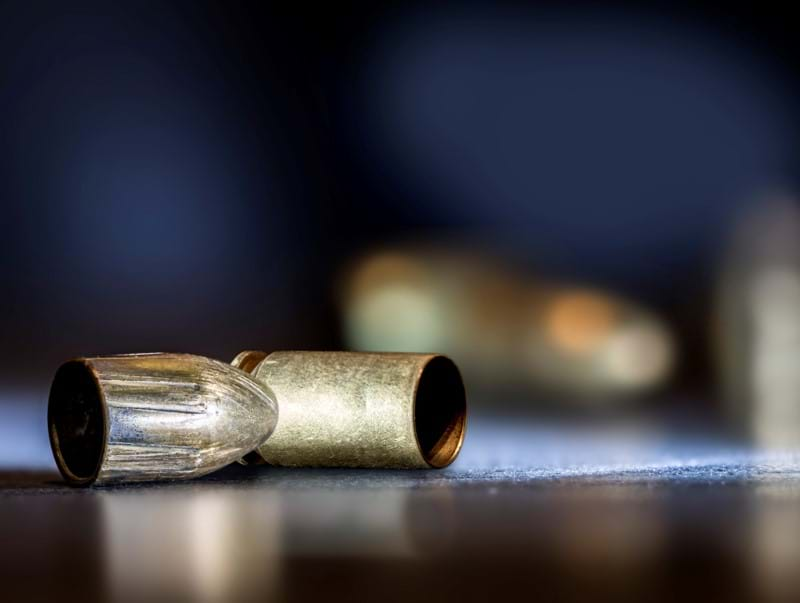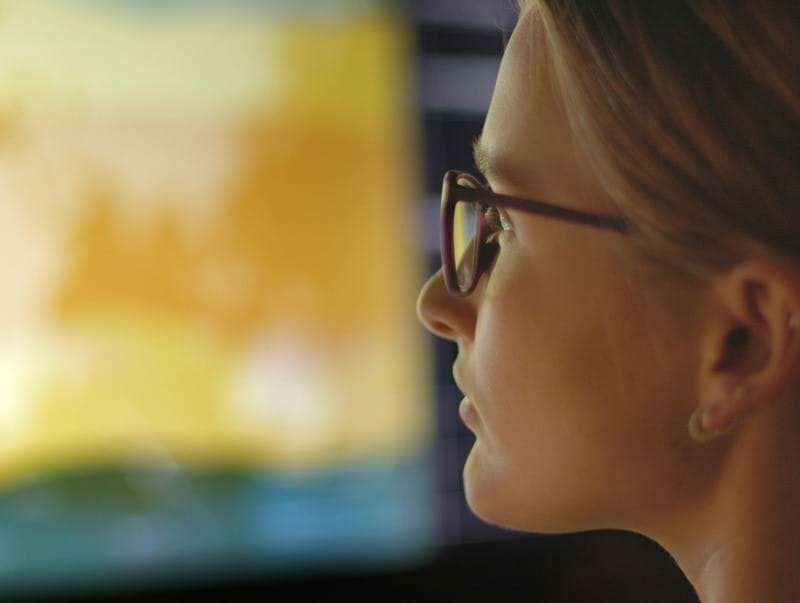I remember working for a city-based forensic science laboratory as a firearm and toolmark examiner and having evidence submissions that would include not one, not two, not three, but upwards of 10 to 15 bullets and bullet fragments from a shooting scene. And that was with only a couple of individuals engaged in the shooting. More shooters mean more bullets. I’m sure it would not take long to get examiners in some major cities to share their experiences about cases in which there were numerous bullets and bullet fragments that needed to be evaluated and compared.
But the challenge doesn’t lie solely with the evaluation and comparison work. It goes far beyond that. Taking care of the administrative and logistical work associated with a case could take as much time as, if not more than, the actual evidence evaluation and examination. Among other tasks, the administrative and logistical work involves retrieving the evidence, opening and inventorying it, packaging it back up, and returning the property when the examination work is complete. Since it generally takes two years to train a firearm and toolmark examiner on the unique skillset required for the role, does it make sense for such a specialized resource to spend over half of the time working on these clerical tasks? Let’s be frank–this is a significant waste of resources and energy that could be better utilized.
This is where the Quantum 3D Microscope comes into play. This novel solution allows for the expedient processing of bullets and bullet fragments so that they can be evaluated and compared much more efficiently. Imagine the following scenario: A technician, trained in simple class characterization and acquisition, is responsible for retrieving, opening, and inventorying the case evidence. He or she then evaluates the class characteristics of the bullets and bullet fragments and then acquires the evidence into Quantum. After verifying that they were acquired properly, the firearm and toolmark examiner assigned to the case is notified and the technician can set the evidence aside in case it is needed later on.
The examiner opens the workspace on his workstation (the computer file containing the acquired evidence) and uses the data to evaluate all of the acquired bullets and bullet fragments contained in the case. The comparisons of all possible combinations of bullets and fragments are then graphically depicted on the RBL Graph (as discussed in our previous blog: “Moving Towards Greater Objectivity”). Based on the graphical representation of the comparisons, the examiner can readily identify bullet/fragment pairs that show significant promise for comparison and those that don’t. A simple click on a data point displays the bullet/fragment pair on the screen to allow for further evaluation and comparison. Once this task is completed, the data point can be marked, and the examiner can proceed to the next data point. This process is repeated until all comparisons are performed. All of this is happening while the trained technician is assessing and acquiring the bullets/fragments for the next case.
In such scenario, not only do we have greater levels of objectivity resulting for the analytical features of Quantum (see previous blog for details), but we also have a much more expedient and efficient workflow. The firearm toolmark examiner can focus on tasks that only he or she is trained to perform while the remaining administrative work can be adequately handled by the technician. Moreover, the utilized technology helps triage the bullets/fragments so that the examiner can better prioritize the examinations to be performed.
This streamlined way of working should contribute to reducing the time spent on each case, thus increasing lab efficiency and reducing any case backlog.






